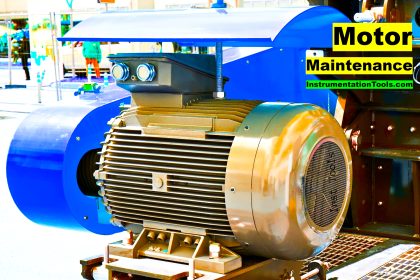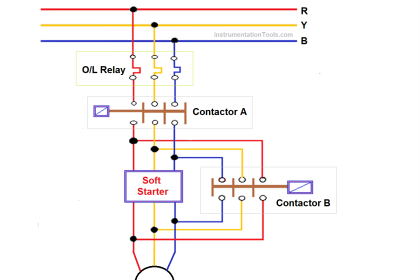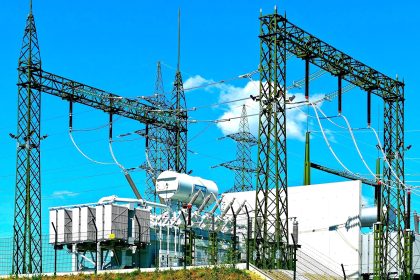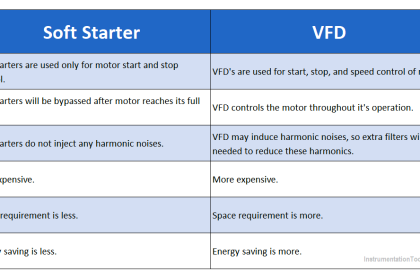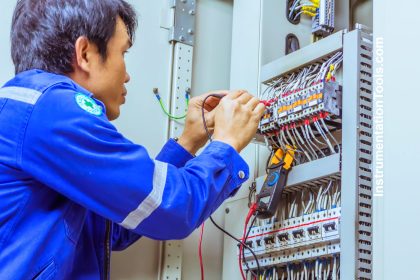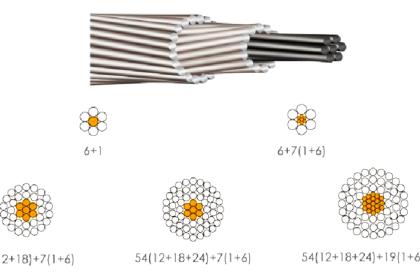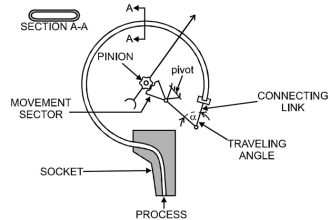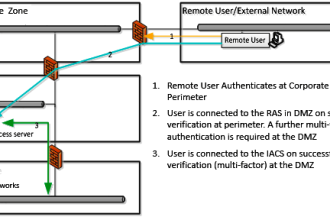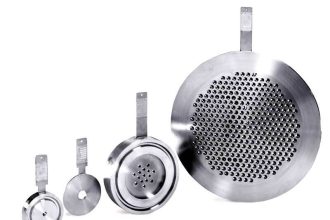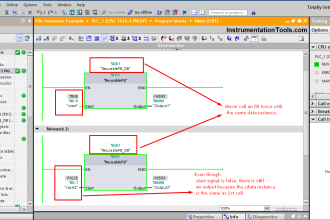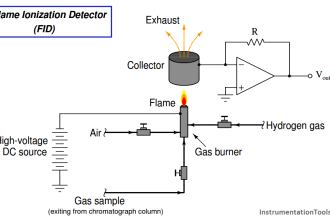As a novice navigating the industrial safety world, understanding the critical role of Personal Protective Equipment (PPE), specifically arc protective clothing, is essential. This article will explore what arc protective clothing is, why it’s vital, its key features, and how to choose the right set for your needs.
What is Arc Protective Clothing?
Arc protective clothing, also known as Arc Flash PPE is a type of safety gear designed to shield workers from the dangers of an arc flash.
An arc flash is an intense burst of heat and light produced by an electric arc, a type of electric discharge that can occur in certain industrial and electrical environments.
The Importance of Arc Protective Clothing
Without appropriate protection, the consequences of an arc flash can be devastating, leading to severe burns, hearing loss, eye injuries, and in some extreme cases, death.
The high temperatures generated in an arc flash can reach up to 35,000 degrees Fahrenheit – around four times hotter than the surface of the sun! It is thus imperative for anyone working in an environment where arc flashes could occur to wear suitable protective clothing.
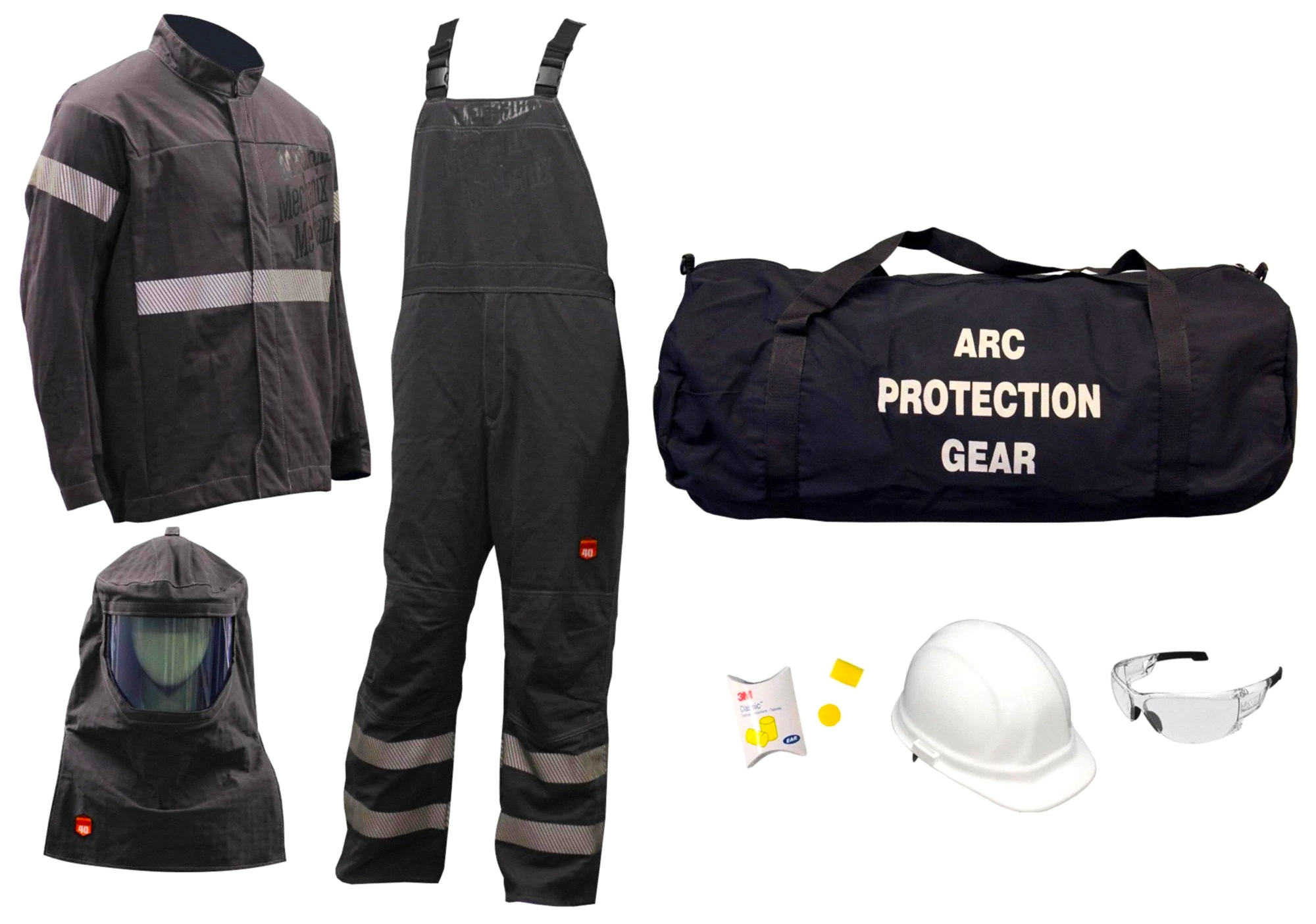
Key Features of Arc Protective Clothing
Arc protective clothing typically includes a combination of jackets, trousers, coveralls, and suits, often coupled with face shields, gloves, and footwear. The main features of these clothing items include:
Flame Resistance
The fabrics used in arc protective clothing are typically flame-resistant. This means they are designed to self-extinguish when exposed to a brief, intense source of heat, such as an arc flash.
High ATPV Ratings
Arc Thermal Performance Value (ATPV) is a rating that measures the level of protection provided by a fabric against an arc flash. A higher ATPV means better protection. Arc protective clothing should always have a certified ATPV rating.
Durability
Since arc protective clothing is designed for use in challenging environments, durability is key. High-quality garments will resist tears and abrasions, ensuring long-term protection.
Choosing the Right Arc Protective Clothing
Selecting the right arc protective clothing largely depends on your specific needs and the hazards you are likely to encounter. Here are a few factors to consider:
Hazard Risk Category (HRC)
The HRC of your work environment determines the minimum ATPV rating your clothing should have. The categories range from 1 (lowest risk) to 4 (highest risk).
Comfort and Fit
Like any clothing, comfort, and fit are essential. Ill-fitting garments may restrict movement or leave parts of your body exposed, reducing your level of protection.
Certification
Ensure that the clothing is certified according to relevant standards, such as ASTM F1506, NFPA 70E, or IEC 61482-2. This assures you that the garment has been tested and proven to offer sufficient protection against an arc flash.
Maintenance
Proper care and maintenance are essential to retain the protective properties of the garment. Ensure you understand the manufacturer’s recommended cleaning procedures to prolong the lifespan and effectiveness of your clothing.
Basic Arc Protective Clothing
While clothing is the primary line of defense against arc flash hazards, a comprehensive protection strategy includes additional gear. Let’s explore these further.
Face and Eye Protection
Given the brightness of an arc flash, eye protection is a must. High-quality safety glasses and face shields help prevent eye injuries from intense light and flying debris. Helmets also play a significant role, offering protection to your head and face.
Hand Protection
Arc-rated gloves provide protection against thermal burns and shock. Ensure they fit well and do not limit dexterity, as you’ll need to perform tasks while wearing them.
Foot Protection
Safety shoes or boots, preferably with an arc-rated protection level, are also a crucial part of the protective gear. They should be sturdy, slip-resistant, and comfortable for long-term use.
Understanding Arc Flash Standards and Regulations
While selecting your arc protective clothing, it is essential to be aware of the standards and regulations established to protect workers. In the United States, the National Fire Protection Association (NFPA) 70E is the primary standard for electrical safety in the workplace. Other relevant international standards include the IEEE 1584, the IEC 61482-1-2, and the EN 166 for eye protection.
Understanding these standards is not just about compliance; they provide guidelines that can potentially save lives. They help you understand how to identify and analyze potential hazards, implement safety measures, and ensure the proper use of PPE.
Training and Awareness: Key Components of Safety
Lastly, but just as importantly, is the need for training and awareness. Regardless of the quality of arc protective clothing, the wearer must understand the potential risks, know how to wear and maintain their gear correctly, and be aware of the proper actions to take in an emergency situation. Regular training sessions and safety drills are invaluable in creating a safety-conscious working environment.

Defining an Arc Flash
An arc flash, as stated earlier, is an intense burst of heat and light resulting from a rapid release of energy due to an electrical arc. This can occur in several ways, including when electrical insulation or isolation between conductors is breached or can no longer withstand the applied voltage.
Arc flashes can occur during routine maintenance, equipment failures, or when dust, corrosion, or other impurities are present.
Consequences of an Arc Flash
The dangers posed by an arc flash are severe and multi-faceted. They include:
- Thermal burns: The extremely high temperatures can result in severe burns. Unlike traditional burns, arc flash burns can be much deeper due to the higher temperatures and rapid heating, damaging tissue below the skin.
- Blast pressure: An arc flash can create a pressure wave that can knock workers off their feet or propel them away from the blast area. This wave can also cause hearing damage due to the loud blast noise.
- Flying debris: The rapid expansion of air and metal in an arc flash can send molten metal and equipment parts flying, leading to physical injuries.
- Vision impairment: The intense light from an arc flash can cause temporary or permanent vision loss.
Arc Flash Risk Assessment: A Necessary Step
Before purchasing and wearing arc protective clothing, a critical step to take is an arc flash risk assessment. This assessment allows you to identify potential hazards, their location, and the appropriate protection measures.
What does an Arc Flash Risk Assessment Entail?
An arc flash risk assessment is carried out by professionals trained in electrical safety. It includes the following steps:
- Data collection: This involves gathering information about the facility’s electrical system, such as the layout, types of equipment, and specifications.
- Arc flash boundary calculation: Using this data, calculations are performed to determine the arc flash boundary—the distance from the arc source at which a worker could receive second-degree burns if an arc flash occurred.
- Incident energy analysis: This calculation determines the potential severity of an arc flash, measured in calories per square centimeter (cal/cm²). The result defines the minimum protection level needed for PPE.
- PPE selection: Based on the determined incident energy, the appropriate level of PPE is specified.
Making Sense of Arc Flash Labels
After an arc flash risk assessment, labels should be placed on all electrical equipment to inform workers of potential hazards. These labels typically display information such as the arc flash boundary, the incident energy level, the required minimum arc rating of PPE, and a list of the required PPE.
Knowing how to read and understand these labels is crucial for ensuring your safety. It informs the choice of arc protective clothing and gear required for a specific task.
Deepening Understanding of Arc Protective Clothing Materials
Different types of materials are used in manufacturing arc protective clothing, each with its own set of properties. Understanding these materials and their performance in arc flash situations can help you make a more informed decision when purchasing your protective gear.
Inherent vs. Treated Flame-Resistant Fabrics
Flame-resistant (FR) fabrics used in arc protective clothing can be broadly categorized into two types: inherent and treated.
- Inherent FR fabrics: These fabrics are made from fibers that are naturally resistant to flame. The flame resistance is “built-in” and does not wash or wear out. They offer permanent protection and maintain their FR properties throughout the life of the garment.
- Treated FR fabrics: These fabrics are made by applying a flame retardant chemical to a textile that isn’t naturally flame resistant. Over time, the flame resistance of these fabrics can diminish due to laundering and wear, but high-quality treated fabrics can remain effective for the reasonable life of the garment.
Common Materials Used in Arc Protective Clothing
Several types of fibers are used to make arc-protective clothing. Here are some of the most common:
- Nomex: A product of DuPont, Nomex is an inherently flame-resistant material that provides excellent protection against heat and flame. It is widely used in the manufacture of arc protective clothing due to its durability, lightweight nature, and high-performance qualities.
- Kevlar: Also a product of DuPont, Kevlar is a strong and heat-resistant synthetic fiber. It’s often combined with other FR materials to enhance the garment’s cut resistance and durability.
- FR Cotton: This is a common type of treated FR fabric. It offers the comfort of cotton while providing flame resistance. However, as it’s a treated fabric, its FR properties can diminish over time with wear and laundering.
- Modacrylic: This is a synthetic copolymer. Modacrylics are inherently flame-resistant and are often blended with other fibers to create garments that offer comfort, durability, and protection.
Choosing the right material for your arc protective clothing often involves balancing factors such as comfort, durability, level of hazard, and cost.
Arc Protective Clothing: Extending Beyond the Basics
While the typical arc protective clothing ensemble includes jackets, trousers, coveralls, and suits, there are other types of garments designed to offer extended protection or cater to specific needs.
These include:
- Arc Flash Hoods: These offer protection for the head, neck, and face, and are typically worn over a standard hard hat. Some hoods include a ventilation system for added comfort.
- Arc Flash Blankets: These are designed to create a barrier against the dangerous energy released during an arc flash. They can be used to cover equipment or protect workers in confined spaces.
- Insulating Tools: These tools are designed to protect the user from electric shock and minimize the chance of dropping a tool onto electrical equipment and causing an arc flash.
Caring for Your Arc Protective Clothing
Even the highest quality arc protective clothing requires proper care to maintain its protective properties. This involves cleaning and storing the clothing correctly.
Cleaning
FR clothing can usually be washed at home or dry-cleaned, but always follow the manufacturer’s instructions.
Here are a few general tips:
- Avoid using bleach or peroxide: These can degrade FR properties.
- Avoid fabric softeners and other additives: These can leave a flammable residue on the fabric.
- Don’t over-wash: Overwashing can lead to wear and tear, reducing the clothing’s durability and protection.
Storing
When not in use, store your arc protective clothing in a dry, clean place away from direct sunlight. Sunlight can degrade the fabric over time. Also, avoid storing it in a place with sharp objects that could tear the clothing.
In Conclusion: It’s More Than Just Clothing
Understanding arc protective clothing involves much more than merely knowing what to wear. It’s about understanding the risks involved with an arc flash, the standards and regulations in place, the various material options, and how to care for your protective clothing.
While PPE serves as the last line of defense against workplace hazards, it does not eliminate the hazards. An effective safety program includes engineering controls, hazard assessments, training, and preventative maintenance, with PPE serving as an essential part of a broader safety system. In this way, you ensure not just your safety, but also the safety of your entire team. Safety should always be the number one priority. Stay informed, stay equipped, and stay safe.
